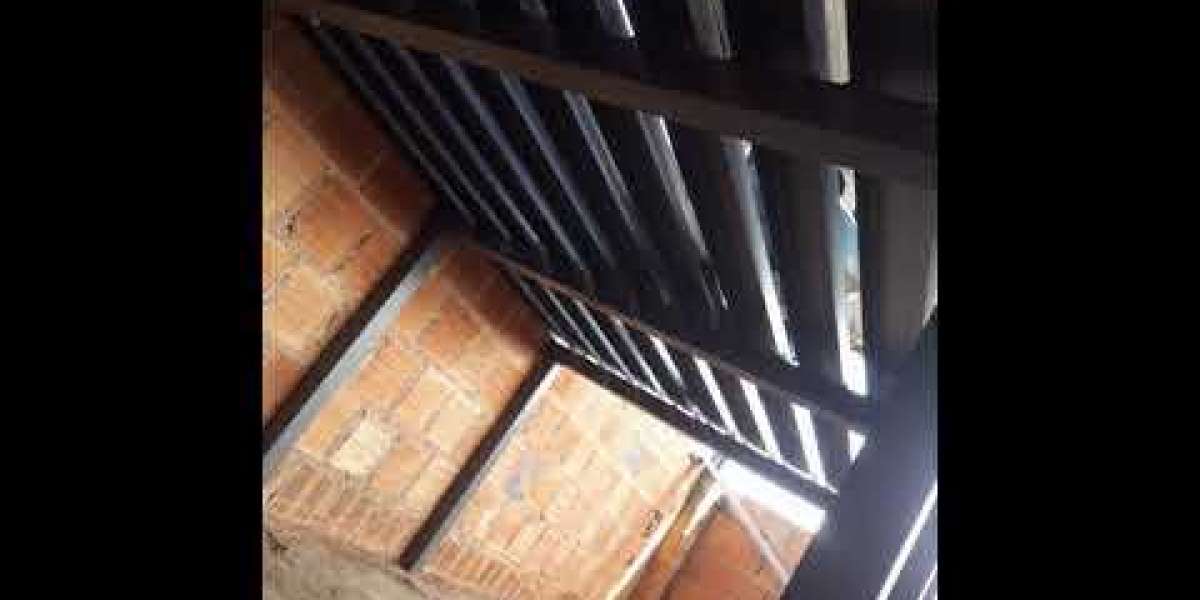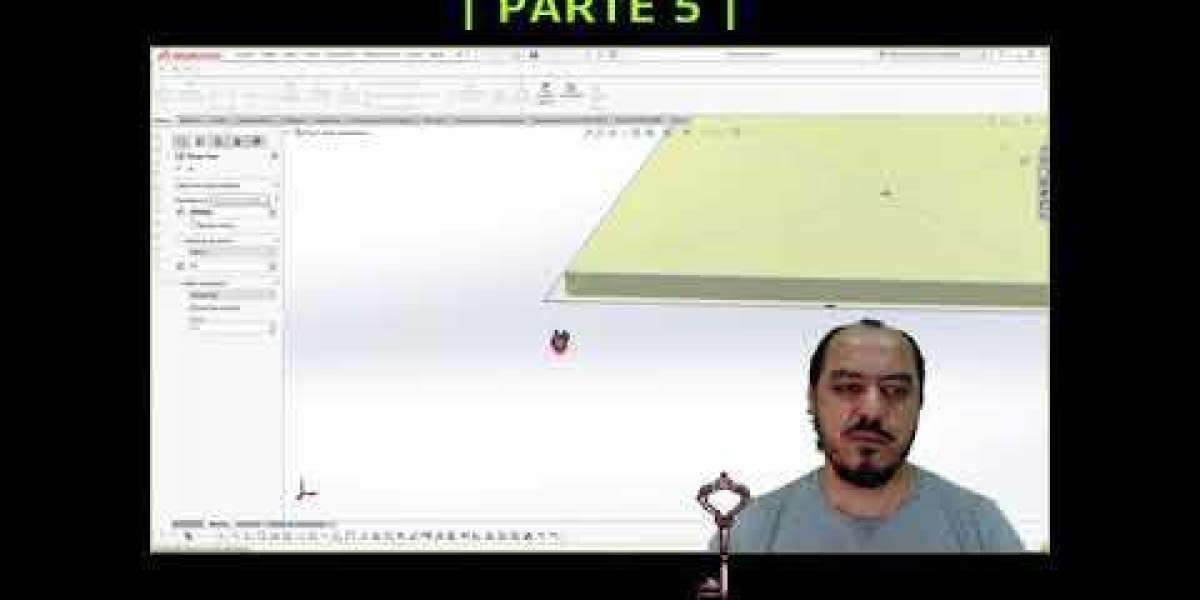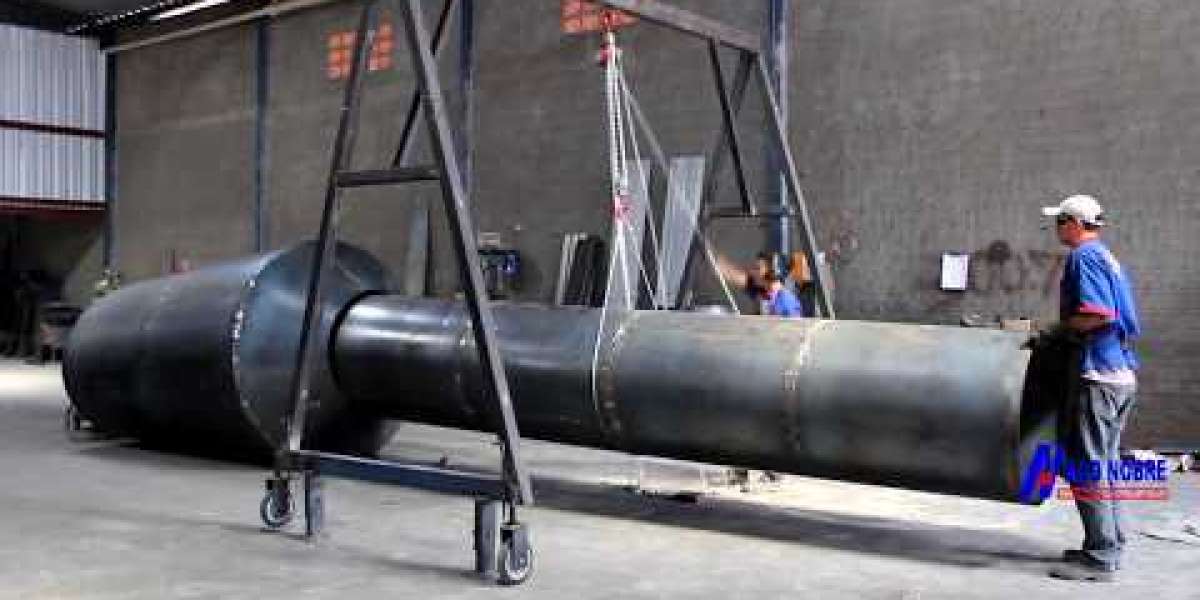On the opposite hand, packings are utilized in decrease liquid rate purposes (less than 50 m3/m2-h), particularly when minimizing stress drop within the column is desired. They provide a great amount of surface area per unit volume to facilitate the vapor-liquid mass switch. Unlike the stepwise contact in distillation trays, a packed mattress permits for continuous contact between the vapor and the liquid on the surfaces of the packing. A tray column is for use to separate ethanol-water mixture from an ethanol fermentation stream at 750 L/h with 20 vol% ethanol. The feed is to be introduced to the column as subcooled liquid at 25°C. It is meant to use a single column to counterpoint ethanol to 80% by mole, and the molar concentration of ethanol at the backside should be lower than 1.0%.
Virtual tour of the operation unit
This is because higher vapour-liquid contact means better separation at each tray, translating to better column performance. Less trays might be required to attain the same degree of separation. Attendant benefits include less power usage and decrease building costs. Being lighter, vapour flows up the column and is forced to cross through the liquid, through the openings on every tray.
This method doesn't improve capability in a linear trend. Generally speaking, capacity increases with the square root of the tray spacing.High capacity deck designs usually use smaller orifices. Smaller sieve holes or valves have a tendency to scale back localized momentum of the vapor flowing by way of the orifices. Essentially, smaller streams have a harder time penetrating the froth on the tray deck and subsequently do not carry as a lot entrainment upward. With standard cross-flow trays, aerated froth enters the downcomer from the tray above. As the froth flows into the downcomer, much of the vapor disengages from the liquid and returns to the tray space above, leaving a stage of clarified liquid in the downcomer that flows to the tray below.
Increase capacity in your column with a tray design revamp
The hydrodynamics of distillation column corresponding to strain drop and froth height have direct effects on the column effectivity and performance. As shown in Figure 2.6, excessive vapour and um reservatório cilíndrico liquid flow velocities are usually beneficial for high effectivity and capacity, but they'll additionally trigger excessive entrainment or flooding, relying on tray spacing. As a result, the design of a distillation column measurement normally depends on the dedication of column flooding, or a fraction of flooding velocity is typically used as the premise for designing correct column diameter. The underlying theories for distillation column operation efficiency and design are mass balance and energy balances round particular person trays and the general column. Alternatively, with some justifiable assumptions corresponding to fixed molal overflow (CMO), the operation and um reservatório CilíNdrico design drawback can be reduced to easily solving mass stability equations together with vapour-liquid equilibrium.
2. Tray Column Performance and Design
The operate of a tray is to mix the vapor and liquid collectively to form a foam. Vapors bubble up via the tray sieve holes, where the vapor comes into intimate contact with the liquid. The fluid on the tray is a mixture of vapor and liquid within the type of froth or foam. This foam should separate again right into a vapor and a liquid on the tray and within the downcomer. If the froth can not drain shortly from a downcomer onto the tray under, then the foamy liquid will again up onto the tray above. The sieve tray is the simplest type of cross-flow plate.
Tell Me MoreAbout Curry Water Trucks & Tanks
We assume that the condenser is a complete condenser and that the reboiler is total reboiler. Compared to random packings, structured packed towers provide extra surface area and have a decrease pressure drop. Structured packing may be manufactured from corrugated sheets of perforated embossed metal, plastic (including PTFE), or wire gauze. The result's a really open honeycomb construction with vertical flow channels giving a relatively excessive surface space to quantity but with a really low resistance to move.
 Tanques
Tanques Una columna seca es una instalación que se realiza en edificios de una altura considerable para empleo único de los bomberos. La columna seca debe estar diseñada y construida según con las reglas de seguridad contra incendios. Cada cuatro plantas se dispondrá de una llave de seccionamiento ubicada por encima de la conexión siamesa guardada en su hornacina. Los garajes o aparcamientos con mucho más de tres plantas bajo rasante o con más de cuatro sobre la rasante van a estar dotados de instalación de columna seca, con tomas en sus plantas. La instalación de columna seca se someterá antes de su recepción a una presión de 15 Bares (196 KPa), a lo largo de 2 horas, sin que aparezcan fugas en ningún punto de la instalación.
Elementos básicos de la columna seca
Merced a Presman vas a poder conseguir la protección que estimes oportuna para tu edificio, oficina, nave industrial o instalación donde por normativa o seguridad sea precisa. Resolvemos inquietudes sobre el mantenimiento en la prevención de incendios según el nuevo RIPCI. Se debe proveer acceso simple y veloz a la columna seca, asegurando que esté claramente señalizada y cuidada. Los autores realizaron una investigación estricta y han consultado a expertos en el campo para asegurar que la información proporcionada sea precisa y actualizada. Además, la guía se presenta en un formato fácil de entender, con ilustraciones visibles y ejemplos prácticos que asisten a los lectores a visualizar de qué forma funciona el sistema en ocasiones reales. Guardar mi nombre, e-mail y portal web en este navegador para la próxima vez que haga un comentario. La seguridad industrial se erige como un pilar primordial en la protección de vidas y activos, y en este contexto, la detección de gases surge como una tecnología vital para la prevención y mitigación de riesgos.
Edificios no industriales







